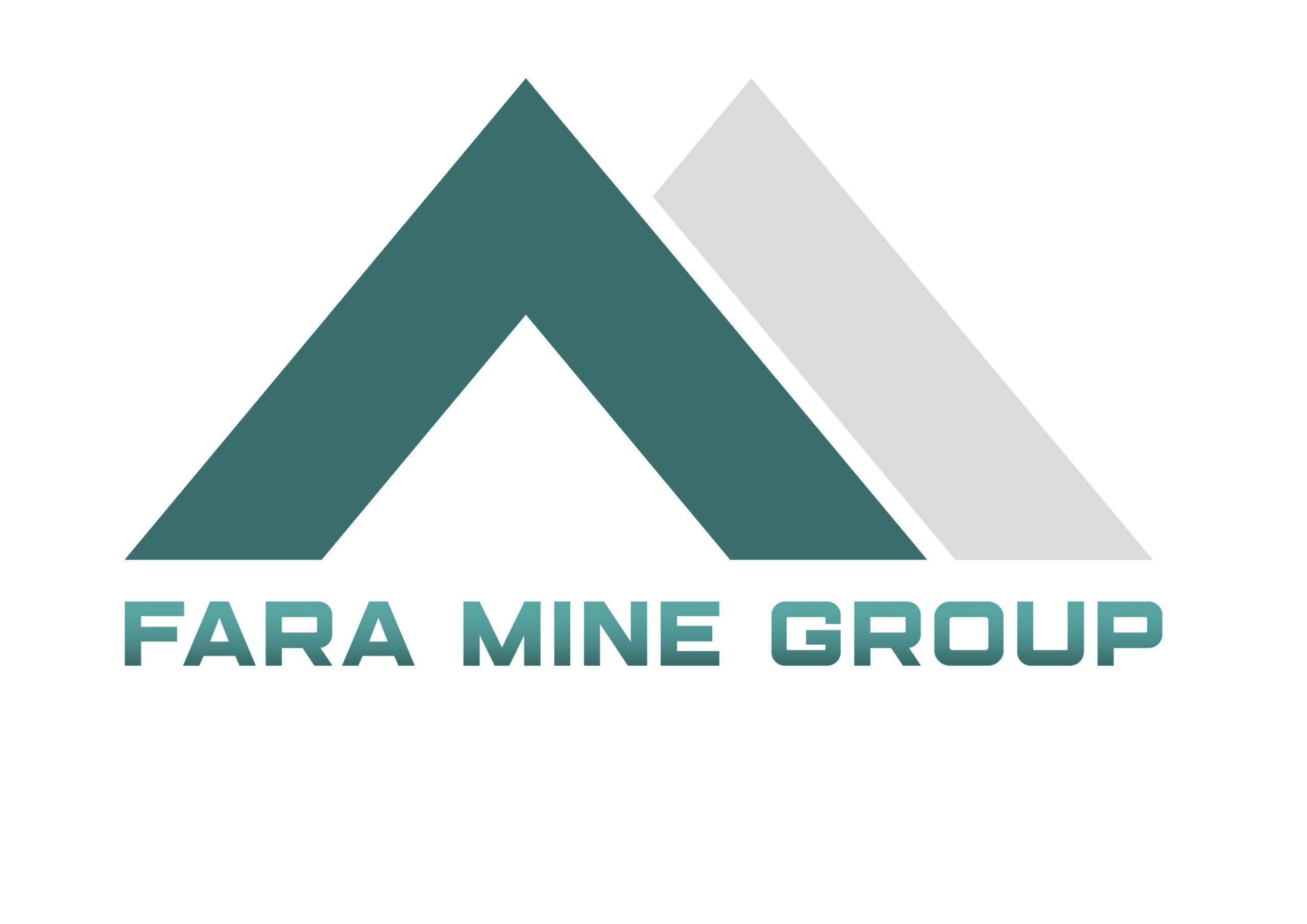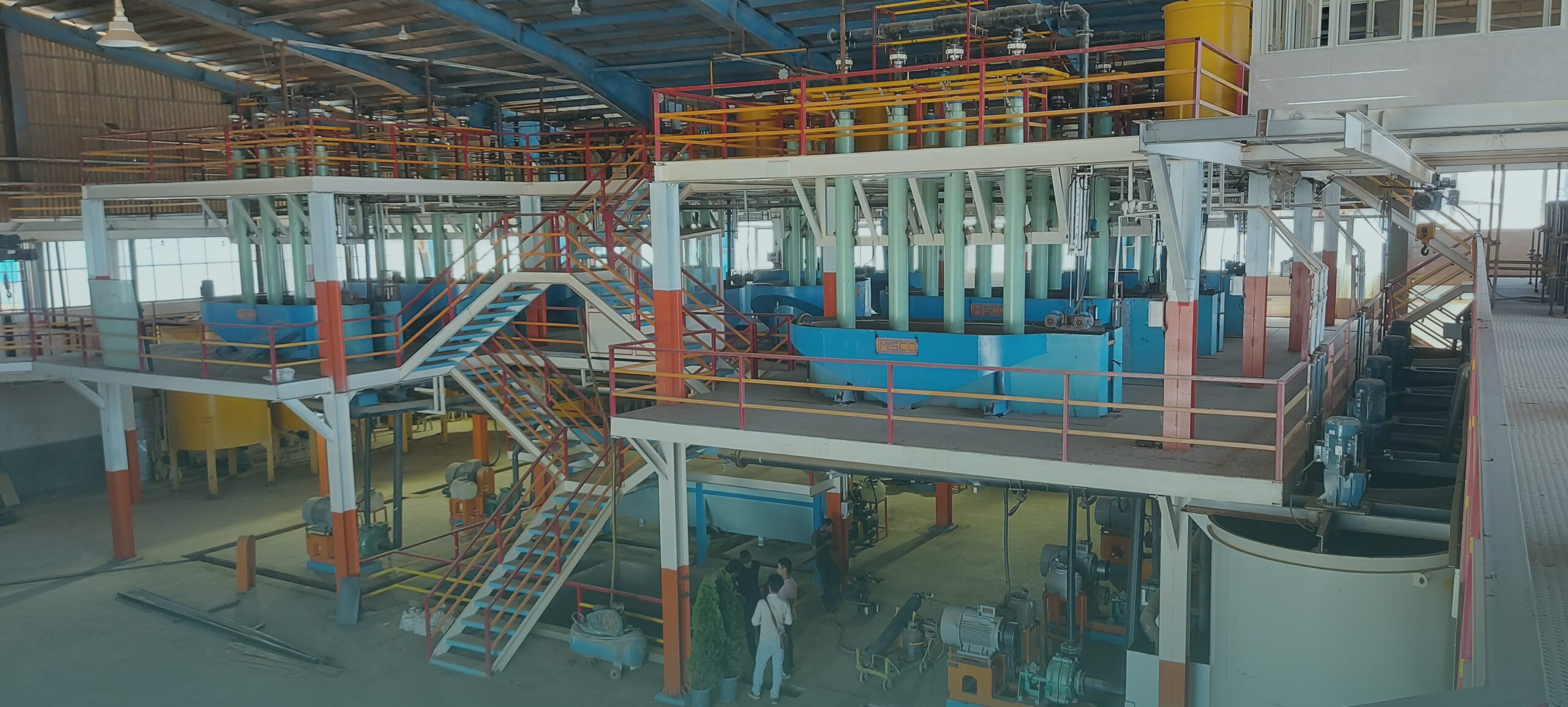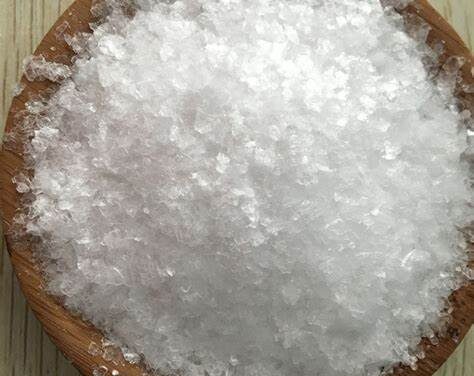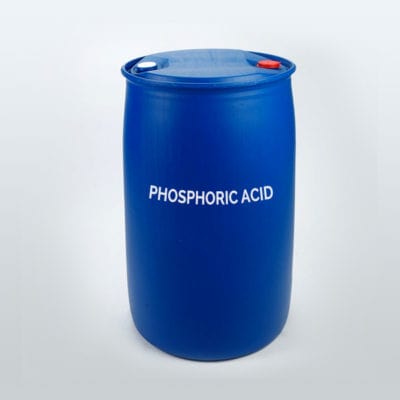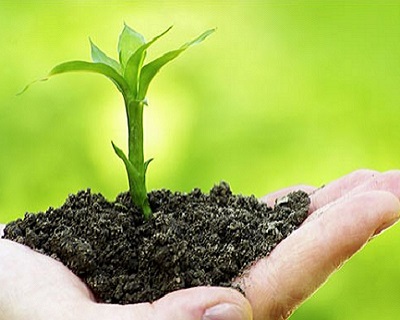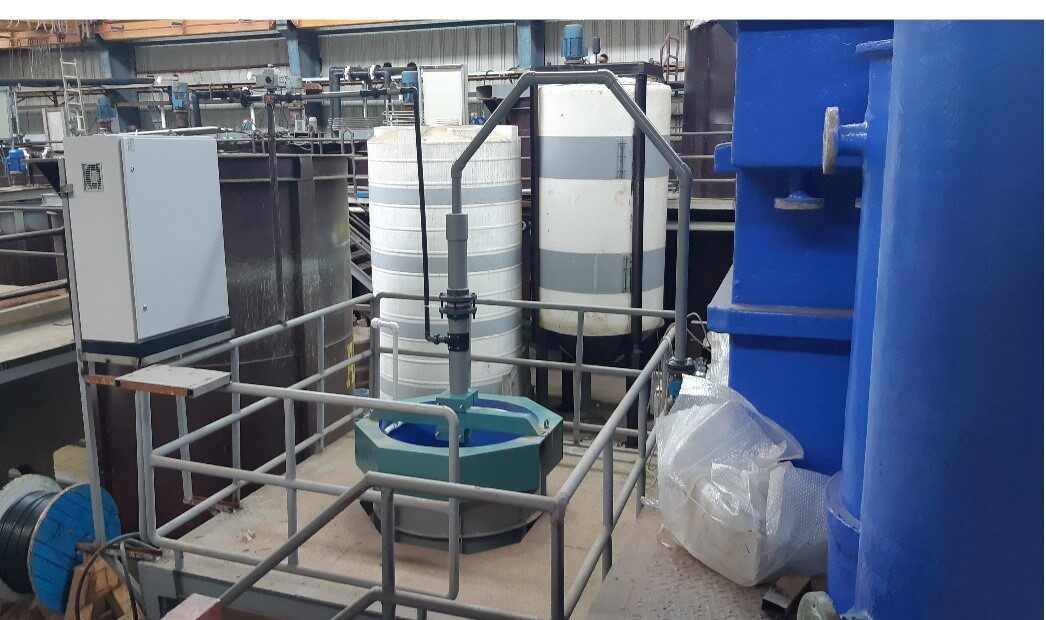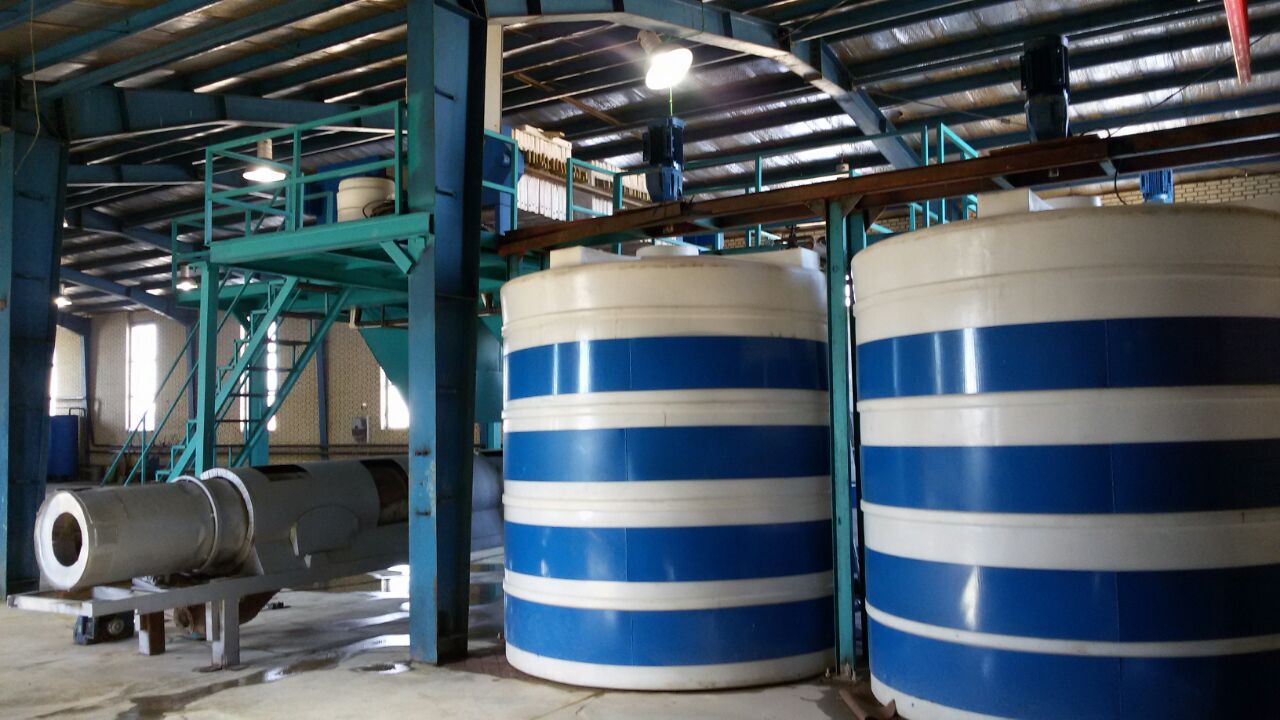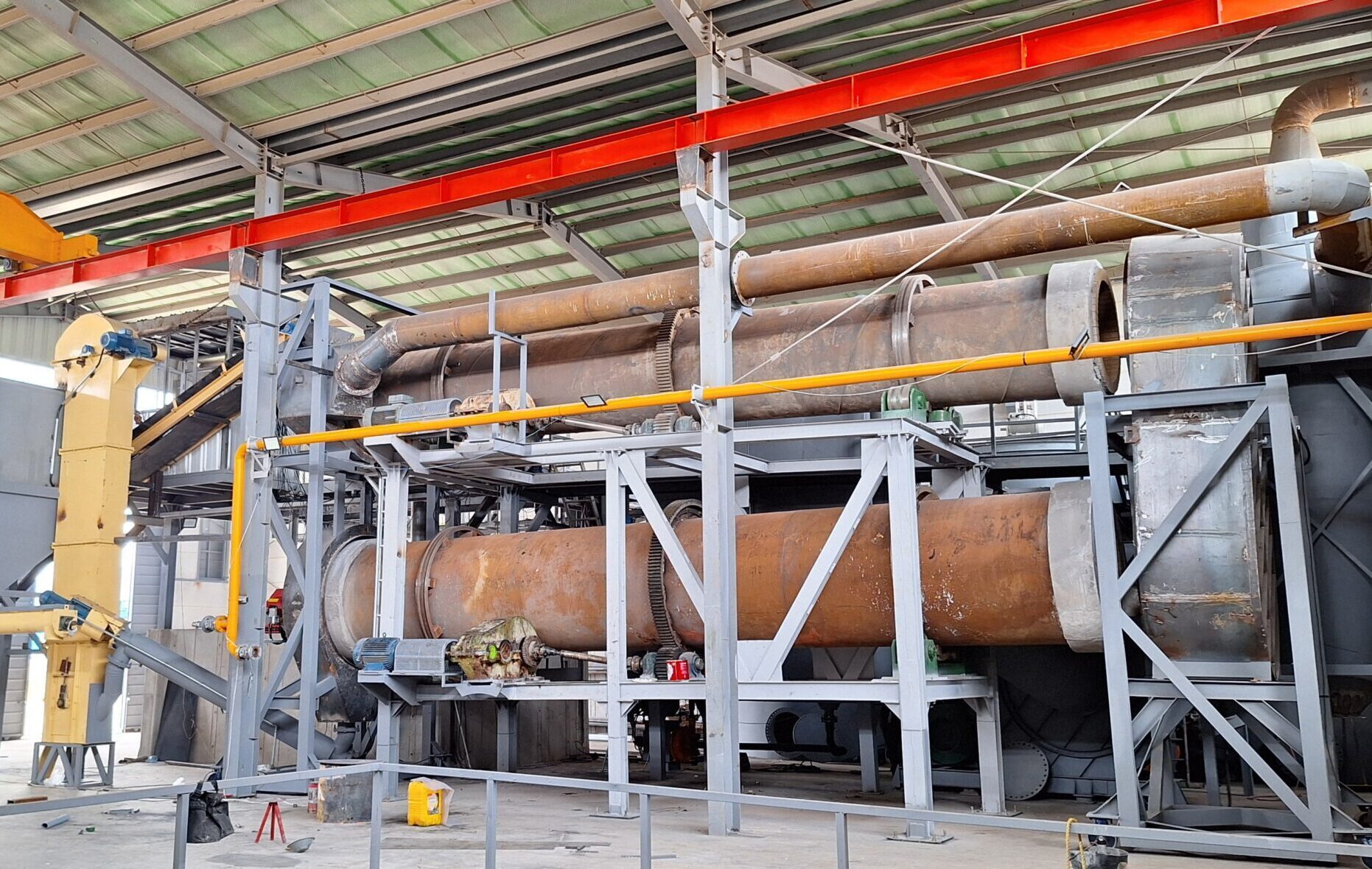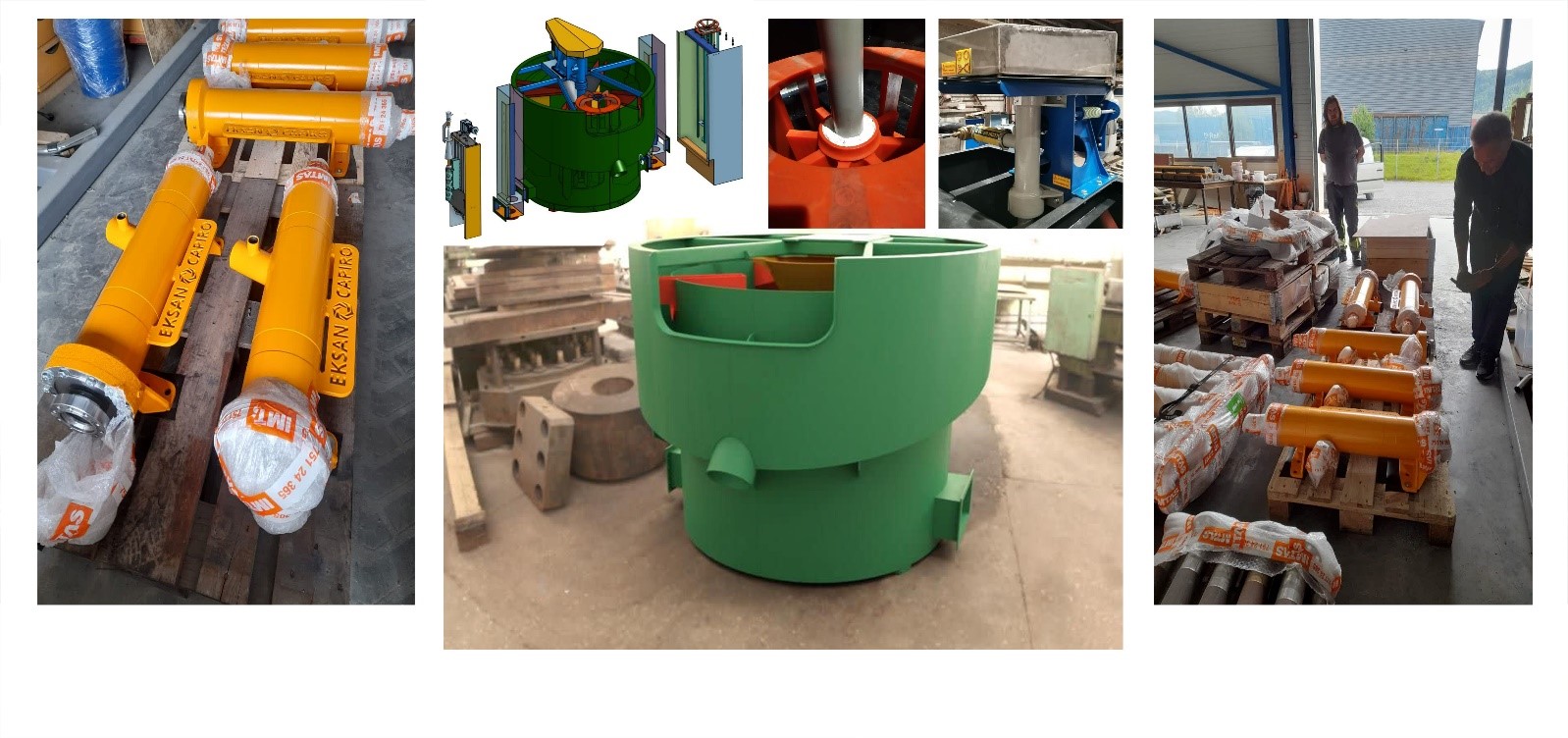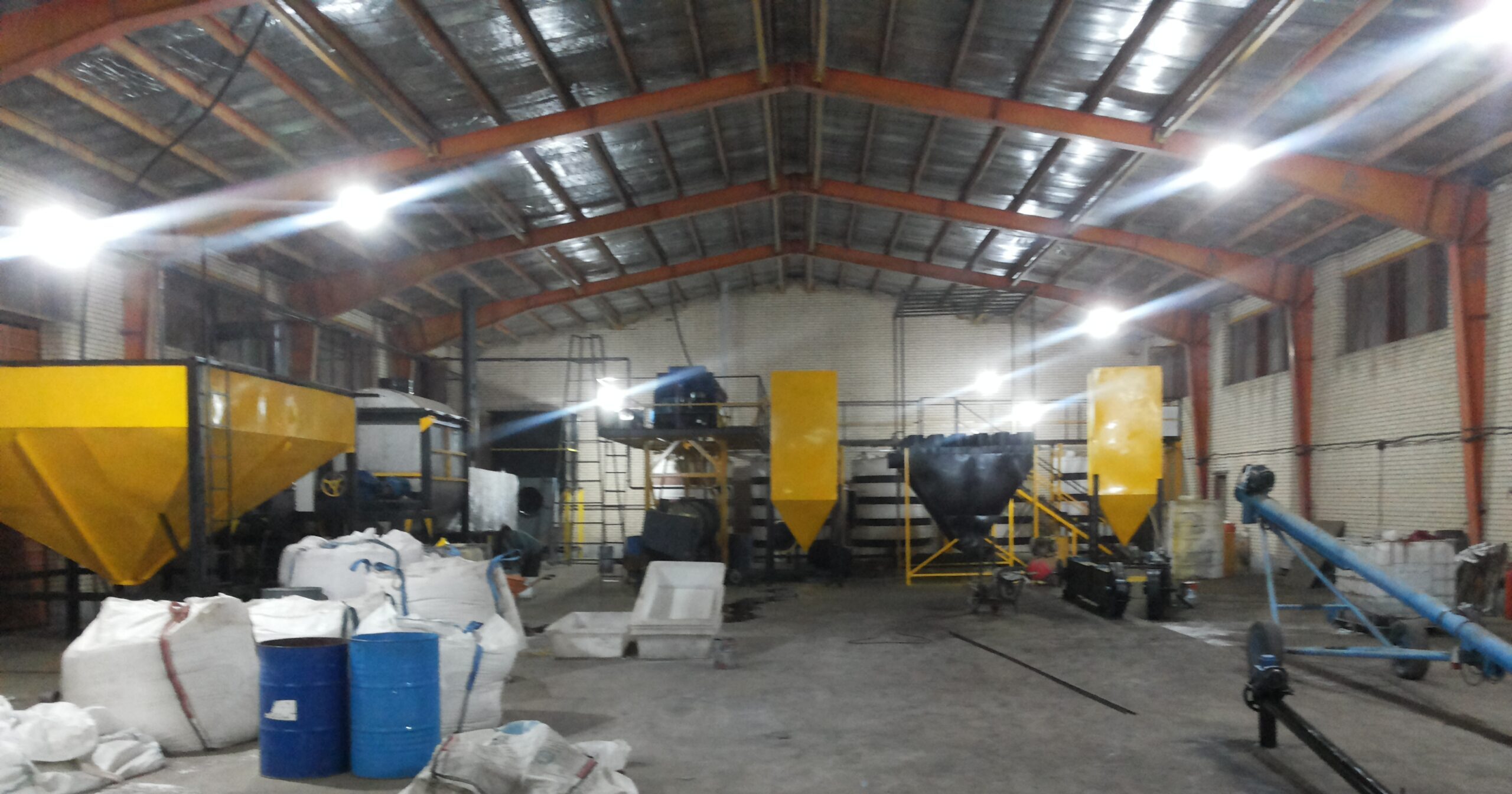Copper mines are generally classified into three categories:
- Oxide ores, which are typically close to the surface and are among the most accessible mines.
- Supergene ores, which contain copper-sulfur minerals and are located below the oxidized ores but above the hypogene ores.
- Hypogene ores, which are the most distant from the surface and contain copper, iron, and sulfur minerals.
The methods for production and extraction of each of these ores are different.Top of Form
Bottom of Form
Copper sulfide ore is typically the most advantageous Copper ore for extraction due to its high copper content and the separation of copper from additional mineral materials. However, the pyrometallurgical method faces challenges such as high raw material costs, significant investment, extensive labor requirements, and issues like environmental pollution, high energy consumption, and the inability to reuse consumables. Due to these substantial issues with pyrometallurgy and the presence of copper oxide ores, the copper production industry is increasingly shifting towards hydrometallurgical methods.
The hydrometallurgical method, especially heap leaching, tank leaching, and bioleaching, is used to produce copper from oxide and sulfide ores and includes the following stages:
- Extraction of ore
- Crushing of ore (and if necessary, agglomeration)
- Dissolution of copper present in the ore using two methods: leaching and bioleaching.
- Purification of the copper-containing solution using the solvent extraction method.
Electrowinning (separating copper cathode from the purified solution using electric current).
Copper metal is processed through two methods depending on the type of mine: pyrometallurgy and hydrometallurgy. The pyrometallurgical method involves crushing, concentration, direct smelting, thermal and electrical refining, and finally the production of copper cathode. After producing copper cathode, various products are cast for different applications and marketed.
Concentration
After extracting the ore, we must first carry out the concentration process. The primary and secondary crushers crush the ore to 12 mm sizes. It is then transferred to a ball mill, where it is mixed with chemicals and lime water, turning into slurry. The particle size in the slurry reaches less than 100 microns. In the flotation stage, the resulting slurry is separated and concentrated into copper concentrate and molybdenum concentrate. This way, the copper concentrate and molybdenum concentrate with a grade of 25% are prepared for the subsequent stages.
PurificationTop of Form
The copper concentrate, in a slurry form, is filtered and passed through dryers to remove moisture before being placed in a furnace for smelting. The molten material, containing 45% copper and other impurities, is called matte copper. In the converters, matte copper is subjected to air and oxygen, causing most of the impurities, particularly iron and sulfur, to oxidize and transfer into the slag. The product from this stage is known as blister copper, which is porous and still contains some impurities. These impurities are burned off in another furnace using propane gas, and then the purified copper is cast into large anode plates for electrolysis.
Electrolysis of copper cathodes
In the electrolysis stage of copper, anode plates and cathode plates are placed in an electrolyte solution of sulfuric acid and copper sulfate. Then, electrical energy is passed through them at a very low voltage. Through chemical reactions, copper ions are separated from the anode and adhere to the cathode. The remaining impurities, such as precious metals like gold and silver, do not dissolve in the electrolyte solution and thus precipitate as sludge at the bottom of the electrolysis cell.Bottom of Form
The Faramine Asia industrial and Mining Group is capable of providing services in the field of copper cathode. For specialized consultation in the production of copper cathode, please use the contact section of Faramine Asia Industrial and Mining Group.
